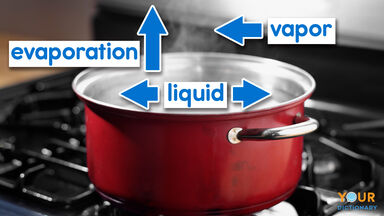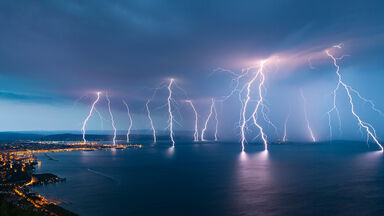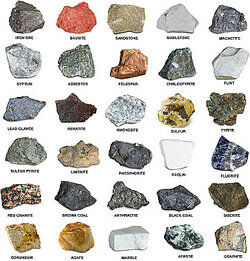The multiple-effect evaporator, originally invented and constructed by Norberto Rilleux in New Orleans in 1840, has under gone many changes in design and construction since Effect that year.
But this competition among inventors, whatever the incentive, has not been without benefit, because to-day, by means of very simple improvements in details, such as the addition of circulators and increased area of connexions, what may be taken to be the standard type of multiple-effect evaporator (that is to say, vertical vacuum pans fitted with vertical heating tubes, through which passes the liquor to be treated, and outside of which the steam or vapour circulates) evaporates nearly double the quantity of water per square foot of heating surface per hour which was evaporated by apparatus in use so recently as 1885 - and this without any increase in the steam pressure.
That evaporation in vacuo, in a multiple-effect evaporator, is advantageous by reason of the increased amount of sugar obtained from a given quantity of juice, and by reason of economy of fuel, there is no doubt, but whether such an apparatus should be of double, triple, quadruple or quintuple effect will depend very much on the amount of juice to be treated per day, and the cost of fuel.
This consideration should be carefully, remembered in the future by the planter who may require an evaporator and by the engineer who may be called upon to design or construct it, and more especially by a constructor without practical experience of the working of his constructions.
The defecated cane juice, having lost about 70% of its bulk by evaporation in the multipleeffect evaporator, is now syrup, and ready to enter the vacuum pan for further concentration and crystallizaHoward's tion.





